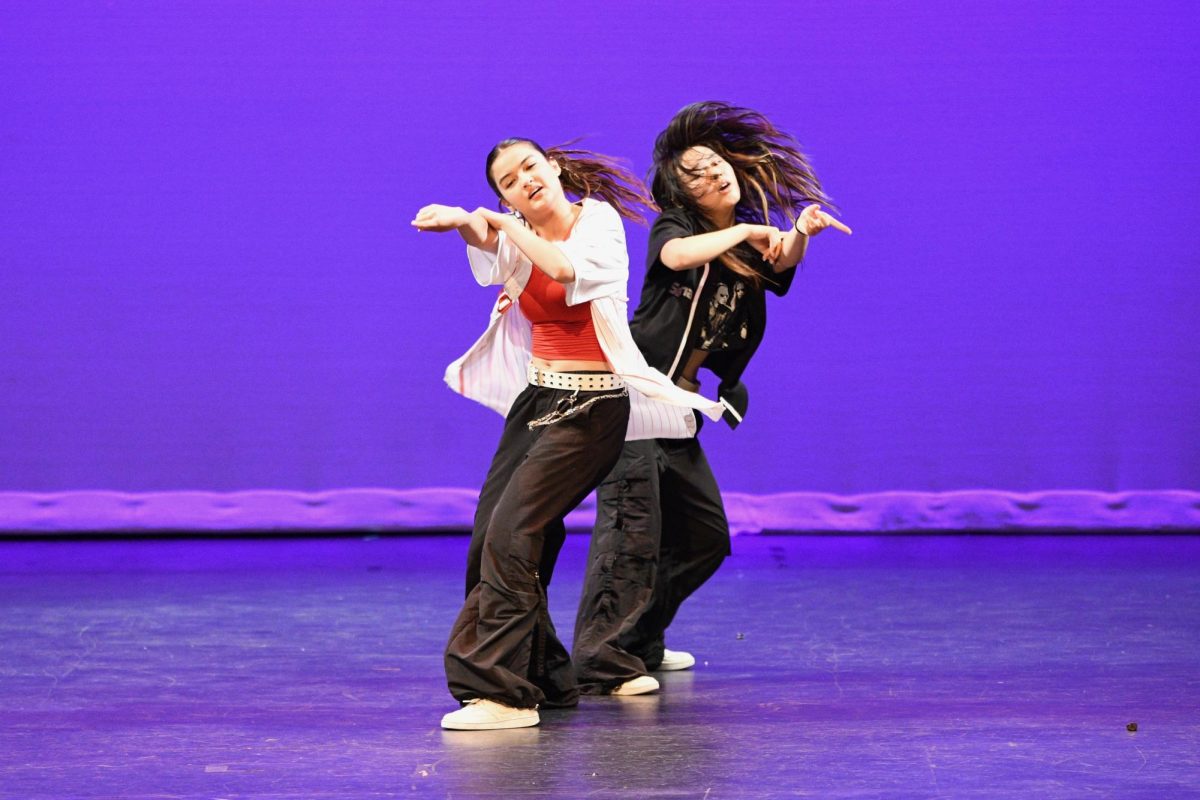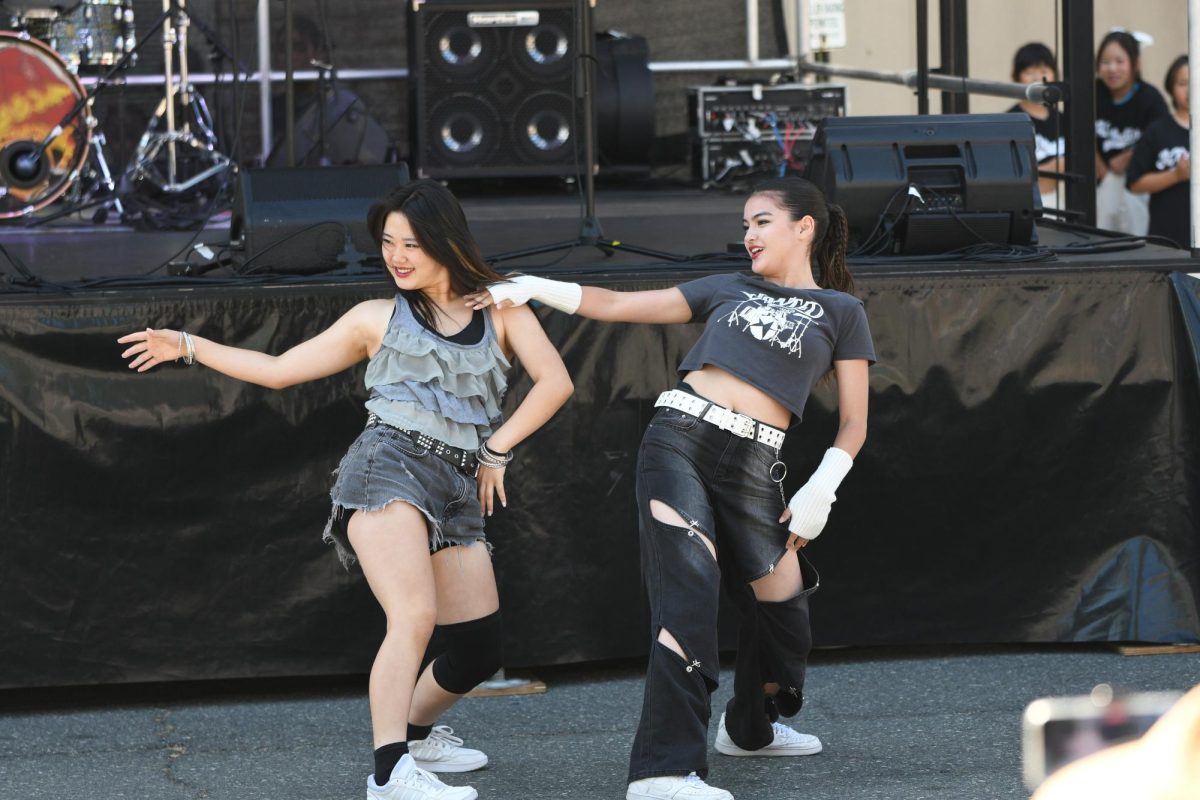It’s the day of a big performance, and everything that was choreographed so carefully must be perfect, and juniors Ayaka Baerga and Ailie Shoda can only hope their dancers do their very best. Baerga and Shoda recently began teaching and choreographing for young performance dancers at the studio they dance for: AI Vibration.
Shoda has been a dancer since around the age of five, competing and performing with the hopes of becoming a professional. According to Shoda, becoming a teacher and choreographer for her studio has been a tremendous step in the right direction for those goals.
“When I was little, I really wanted to be a dance teacher, so having that opportunity was definitely a big thing for me. I’ve also always wanted to pursue moving up to higher levels of dance and maybe becoming a professional eventually,” Shoda said. “To me, being a dancer means being an artist because we show movement and culture and the expression of whatever we are feeling to connect with the music.”
Similarly, Baerga has been dancing for about five years now and currently dances with both her team, Astra, at AI Vibration and the RUHS Dance Team. She recently discovered her talent for creating choreography and decided to hone and practice the skill further.
“One day at my studio, I was given the task to choreograph for our team. We had a performance coming up pretty soon and we all worked together on the dance, but that was when I found out that I could choreograph pretty well and that I really love to choreograph on top of that,” Baerga said.
According to Baerga, teaching dance classes is no simple feat. Not only must she ensure each student, despite varying levels of experience, can learn what she and her team have created, but she must also make compromises on choreography with her team due to their unique styles.
“Sometimes it can be pretty difficult because a lot of them are beginners and some of them are more advanced, so we have to learn how to accommodate different students. I also teach at a Japanese dance school, so a lot of my dancers speak mainly Japanese or mainly English, and that can get a bit tricky with the language,” Baerga said. “It takes me and my two teammates to figure out everything and make sure everyone can understand us, but that only strengthens us as a team and makes it more rewarding when a performance goes well.”
According to Shoda, choreographing is a very collaborative task, in which her team and even the students can pitch ideas and add to the piece. The unity of she and the rest of Astra’s dance styles are what make each dance unique and each performance shine.
“In Astra’s class, we definitely have different styles overall, so some of our ideas will conflict. Before each class we meet up and brainstorm what we think the choreography should be, going step by step with every lyric. We show each other how we think it feels to move to each part of the music and then we adjust it to something we can all agree with. It’s a really fun process and I love working with them,” Shoda said. “Ayaka has a very masculine way of choreographing, whereas my other teammate and I think with more delicate of styles, so we all balance each other out perfectly.”
The team teaches dancers ranging from age seven to age 14, but Shoda teaches her own class for even younger dancers separate from the team. She has found that the class has helped her become much more patient and responsible as a teacher and as a person in general.
“In my little kids’ class, they can be a lot to handle, but I definitely have a lot of fun interactions with them, even to the point where I find myself laughing more than I am teaching. The kids will say something really funny and we’ll all laugh about it, which always reminds me of how much I love kids and how much I love teaching them,” Shoda said. “I’ve also had really fun experiences in my other classes with Astra because the girls in Astra are my friends and to me, they’re like my sisters.”




